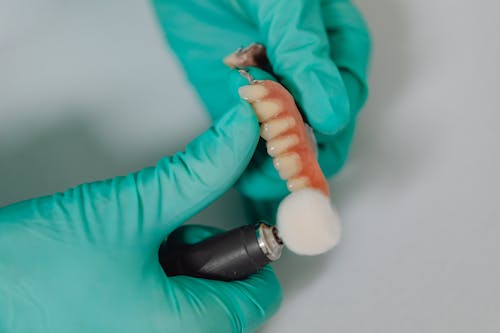Exploring Zygomatic Dental Implants: A Permanent Solution to Complex Dental Issues
Zygomatic dental implants offer a breakthrough for individuals with significant bone loss, providing a stable foundation for prosthetics. This innovative approach caters to patients who may have been previously deemed ineligible for traditional implants. By anchoring implants to the zygomatic bone, enhanced stability and aesthetic outcomes are achievable. This article delves into the benefits, procedure, potential risks, and patient satisfaction associated with zygomatic implants, making it an essential read for anyone considering this transformative dental option.
Understanding Zygomatic Dental Implants
Zygomatic dental implants represent a revolutionary advancement in restorative dentistry, particularly for patients grappling with extensive bone loss. Unlike traditional implants that rely on the jawbone for stability, zygomatic implants are anchored in the zygomatic bone, which is significantly denser. This critical difference allows for a permanent solution where conventional methods might fail. By tapping into the unique anatomical structures of this facial bone, dentists can provide robust support for dental prosthetics. Moreover, zygomatic implants can often be placed in a single surgical session, minimizing recovery time and allowing patients to return to their normal routines sooner. As more dental professionals become aware of this technique, it's poised to become a standard for complex implant cases.
The Benefits of Zygomatic Dental Implants
The primary advantage of zygomatic dental implants lies in their ability to restore function and aesthetics for patients with severe dental issues. Not only do these implants provide a stable base for artificial teeth, but they also eliminate the need for bone grafting, which is often required with conventional methods. This aspect can significantly reduce treatment duration and overall costs. Patients can enjoy immediate results, often resulting in higher satisfaction rates compared to traditional implants. Additionally, because zygomatic implants are placed higher in the facial structure, they ensure a more natural appearance, enhancing the facial contours and boosting self-esteem. The durability of materials used in zygomatic implants further guarantees that these dental solutions can offer long-term reliability and performance.
The Procedure of Placing Zygomatic Implants
When considering zygomatic dental implants, understanding the procedure is crucial. A thorough examination conducted by a qualified dental professional is the first step. This evaluation typically includes diagnostic imaging to assess bone density and overall oral health. The surgical procedure itself is relatively straightforward for experienced practitioners. It involves the precise placement of the implants into the zygomatic bone. Local anesthesia is administered, ensuring patient comfort during the process. Following implant placement, temporary prosthetics are often provided, allowing patients to leave the office with improved appearance and function. Post-operative follow-ups are essential for monitoring healing and ensuring optimal integration of the implants with the bone.
Potential Risks and Considerations
While the benefits of zygomatic dental implants are considerable, it’s important to discuss potential risks associated with the procedure. As with any surgical intervention, there are risks of infection, nerve damage, or improper placement which can lead to complications. Patients are encouraged to choose experienced dental professionals for this specialized procedure. Moreover, individual health conditions, such as autoimmune disorders or diabetes, can impact the healing process and should be disclosed to the dental provider for a risk assessment. Discussing these factors in detail with a healthcare provider can help mitigate risks and optimize outcomes for zygomatic dental implant procedures.
Patients' Experiences with Zygomatic Implants
Feedback from patients receiving zygomatic dental implants highlights overwhelmingly positive experiences. Many report a significant improvement in their quality of life and oral function, indicating satisfaction with both aesthetic results and practical usability of their new teeth. Moreover, patients often express relief at avoiding lengthy bone grafting procedures, which can deter individuals from seeking necessary treatment. Interviews reveal that the immediate results and reduced downtime contribute to the overall favorable perception of this dental solution, as patients feel empowered to engage socially without the apprehension of missing teeth. This shift in patient confidence is a testament to the transformative impact of zygomatic dental implants.
Conclusion
In conclusion, zygomatic dental implants offer a promising option for individuals facing complex dental challenges. They not only restore function but also enhance aesthetics, ultimately boosting confidence. With a growing body of evidence supporting their effectiveness and safety, these implants are likely to gain prominence in dental practices worldwide. As technology and techniques continue to advance, zygomatic implants could soon become a routine procedure for cases that would have previously been deemed too challenging. The future of dental restoration looks bright, underpinned by innovations like zygomatic implants that redefine possibilities in oral health.
